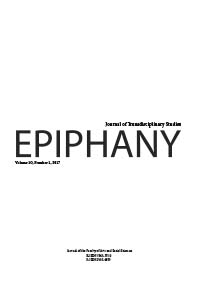Sino-Russian Relations in Central Asia since the End of the Cold War
Sino-Russian Relations in Central Asia since the End of the Cold War
Author(s): Almir Mustafić, Hamza PreljevićSubject(s): Politics / Political Sciences, Diplomatic history, International relations/trade, Security and defense, Transformation Period (1990 - 2010)
Published by: International University of Sarajevo
Keywords: Russia; China; Central Asia; Interaction; Challenges, and Cooperation;
Summary/Abstract: The paper analyzes Sino-Russian relations in Central Asia since the collapse of the Soviet Union. The goal of the analysis is to place the Sino-Russian relations within an appropriate theoretical context and provide a possible outcome of the current balancing in Central Asia. The analysis relies on the Chinese and Russian investments in energy resources, security initiatives, mutual cooperation and activities to contain the US expansion in Central Asia. Although over the last few decades Sino- Russian relations have been based on the US containment policy, security and economic partnership, their relationship is rather complex. The period of severe conflicts between 1917 and 1950 was followed by a progressive era of oil exploration, student exchanges and various other partnerships. The Sino-Russian rapprochement ended in 1960 and started again in 2008. Although they currently have many common interests, Central Asia remains an area of potential dispute for both countries. Analyzing recent Chinese investments in Central Asia, it becomes obvious that Beijing does not intend to withdraw from the region, while Russia is unlikely to continue tolerating the rising Chinese influence in Central Asia, as the Russian role has already been significantly reduced in this region. The pipeline that was supposed to connect Siberia with the Chinese province of Xinjiang has been postponed because Putin believes that it could give China advantage over Russia’s internal, as well as external political processes. Putin’s decision did not stop China’s expansion in Central Asia and Russia is expected to invest significant efforts in order to avoid the Chinese dominance in the region. The Chinese expansion and Russian stagnation complicates their mutual relations, and things get even more complicated if growing US presence in Central Asia are taken into account. This paper analyzes the above-mentioned issues and provides a possible outcome of the current Sino-Russian balancing in Central Asia.
Journal: Epiphany. Journal of Transdisciplinary Studies
- Issue Year: 10/2017
- Issue No: 1
- Page Range: 56-71
- Page Count: 16
- Language: English

